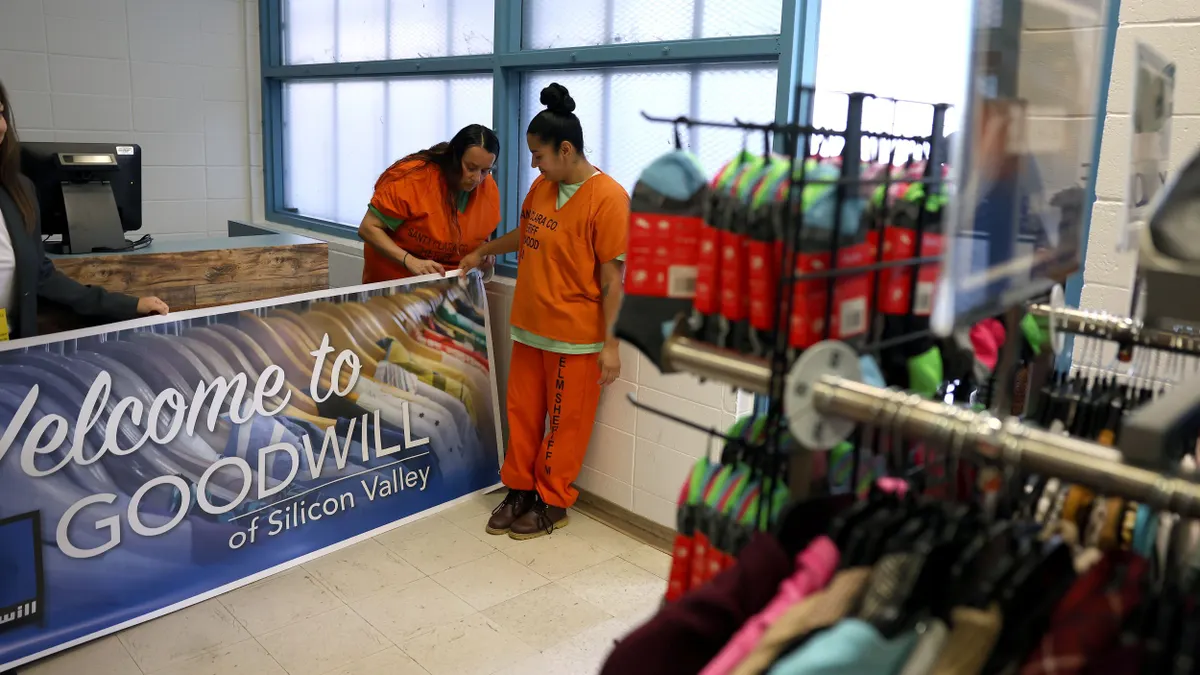Mandy Price is the CEO and co-founder of Kanarys, a tech company focused on tools to better enable change around DEI. Views are the author's own.
As we emerge from the pandemic, many employers are taking stock of how it affected not only their business but their employees as well. For many of us in the diversity, inclusion and equity (DEI) sector, the pandemic shed light on the vulnerabilities faced by the underrepresented workforce — which consists of women, people of color, members of the LGBTQ+ and disability communities and more. For those who check off several of these identifiers, the cumulative impact has been devastating.
Women from underrepresented communities, who tend to carry the larger burden of caregiving responsibilities, are especially vulnerable. Between February and April 2020, 4.2 million women dropped out of the labor force and as of May 2021, according to Treasury Secretary Janet Yellen, at least 2 million have not yet returned.
Even as the job market steadies, it has not steadied for women of color. A total of 140,000 men and women rejoined the labor force in July 2021, but the National Women’s Law Center reported that 65,000 Black women and 51,000 Latinas left during the same month — proving the disproportionate impact the pandemic continues to have on women of color.
Simply put, companies are losing trained, qualified and talented workers. However, as we confront these realities, proactive organizations are looking for ways to create an equitable and inclusive work environment and change the "normal" course of business to retain talent.
For many families, though, the choice of who remains in the workforce and who leaves comes down to a question of finances, instead of desire and ambition. According to The Washington Post, "One out of four women who reported becoming unemployed during the pandemic said it was because of a lack of child care — twice the rate among men."
Women have also been historically paid less than men. White women on average earned $0.79 for every dollar White men made. Meanwhile women of color, such as Black, Native and Latinx women, earning $0.62, $0.58 and $0.54 to every dollar White men make, respectively. The loss of almost half their household income means that for many families, the woman stepping into more caregiving tasks and leaving her work makes more sense, regardless of individual preference and proclivity.
Companies that prioritize a diverse and inclusive workforce have been shown, time and again, to perform better and see greater financial returns. Making changes to recruit, retain and advance more women is not a question of accommodation, but one of organizational growth and success. Creating this environment — that is equitable and considerate of a woman's distinct circumstances — is one that requires intentional commitment and actions from senior leadership.
Below are some simple tips to support the growth and retention of women in your organization.
1. Commit to advancing women in your workplace
Women, especially women of color and women with disabilities, have different experiences in the workplace. Perception of their ability, skill and commitment can result in women being overlooked for promotions. In McKinsey’s survey for its Women in the Workplace report only 85 women had been promoted to manager for every 100 men. The gap widened for Black women (58 for 100 every men) and Latina woman (71 for every 100 men).
How is your organization showing women that their development and growth are important to the organization? How are you supporting them to address the challenges they face, as women, and as people with intersecting identities? Ask yourself, "What is the everyday experience of a woman in my organization?" Is it the same as a White cisgender male? How can these differences be addressed?
2. Explore alternative work arrangements
We saw the success of alternative work arrangements during the pandemic when working from home boosted workers’ productivity by 5%. Allowing employees to work from home indefinitely or creating flexible work schedules can also create opportunities that allow women to juggle multiple responsibilities and enable them to fully participate in the workplace.
Survey your employees to find out what they truly need. Re-examine the policies and programs you have in place to see if they’re providing the necessary support for women and caregivers. The pandemic has shown us that sometimes, challenging the normalized understanding of organizational culture and work environment can result in big wins for your customer, your employees and the organization.
3. Invest in women-focused employee resource groups (ERGs) and networks
ERGs and similar networks are crucial in elevating talent, while helping underrepresented employees feel connected to the organization. An efficient meaningful ERG has the support of its leadership through its budget allocation and its influence. It’s not just a resource that’s "good to have," but an essential system of a functioning business — and it should be treated as such, with employees being compensated for their work on ERGs.
4. Ensure everyone is benefiting
We are all aware of the gender wage gap, yet we think of it as a statistic, as opposed to an area of actionable opportunity. Start with a pay equity audit to determine if procedures around starting pay, bonuses, one-off increases, incentives, etc. are applied consistently and fairly across the board. Beyond addressing the wage gap, ensure that there is equitable access to resources like leadership development, mentorship and other opportunities that lead to career growth and advancement.
5. Implement company policies and procedures that put families first
As virtual work continues to blur the lines between work and life, employers should challenge their organization to look at existing policies and corporate activities. How are you supporting your employees? Research shows that women in heterosexual relationships carry the majority of the burden from juggling work and family. What policies can you put in place to alleviate the concerns of your employees with familial responsibilities, especially for women?
Also, consider that while some children may be back in school, others may not be, given the ongoing pandemic. Implement flexible policies that meet women and families where they are.
Remember that there are resources, such as DEI experts and consultants, available to support organizations in identifying the most effective actions. These experts are able to identify hidden and systemic issues, and work with organizations to address them. From looking at policies with a DEI lens to facilitating difficult conversations to developing strategies toward long-term sustainable and measurable goals, DEI experts are able to bridge the gap between leadership and employees.
Inclusive policies signal to your employees that their well-being is crucial to your company culture. An innovative and engaged organization is made up of people who believe in the leadership, culture and company that they are a part of.



















